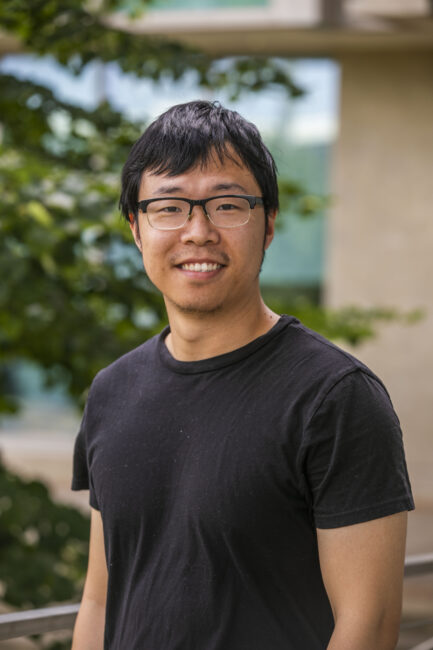DISSERTATION DEFENSE
Chuchuan Hong, Electrical Engineering
*under the direction of Justus Ndukaife
“Nanoscale optical trapping and sensing: from plasmons to Mie resonances”
03.08.23 | 10:00am | 349A Featheringill Hall
Optical tweezers use tightly focused laser beam to manipulate microscopic objects. However, the conventional optical tweezers are restricted by the diffraction limit of light, and face difficulties on precisely manipulating on nanoscale objects. Prior research works have extended the idea of using light to control objects into plasmonics and invented plasmonic nanotweezers, where the highly-confined light field near the plasmonic resonators imparts tighter control over nanoparticles. However, there are still challenges needed to be addressed in current on-chip tweezing platforms, such as the lack of manipulation mobility, low trapping efficiency in low-concentration solutions, or thermal damage. In my dissertation, I am focused on developing novel on-chip optofluidics platforms unifying electrohydrodynamics with nanophotonics to control nanoparticles, especially nanosized biological particles, to a safe and fast manner. The research involved opto-thermo-electrohydrodynamics tweezer (OTET), which enables to generate a trapping potential far away from laser focus to prevent photothermal damage, geometry-induced electrohydrodynamics tweezer (GET), which makes it possible to achieve parallel trapping and placement of single nanoscale objects and biomolecules near plasmonic hotspots within seconds for the first time, and other electro-hydrodynamic traps. Furthermore, the research also led to first demonstration of nanoscale particle trapping and manipulation using anapole states of light. Our nanoscale optical trapping platform has paved a new trail to fast bio-sensing, on-chip high-throughput single extracellular particle analysis, or all kinds of nanoparticle manipulations.
